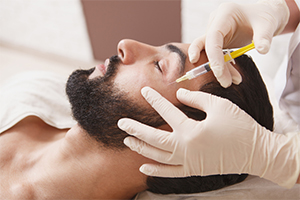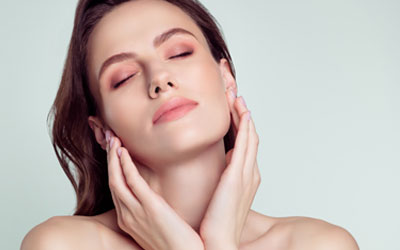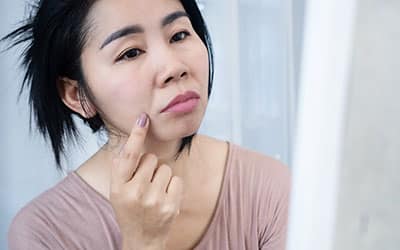Not long ago, a successful Silicon Valley tech entrepreneur decided to make a risky new investment he’d been toying with for years. “I’d just hit 50 and sold my second company,” he recalls. “I looked at myself and thought, I have another 20 years of work in front of me, so I’m going to go do this now.”
Marc paid $25,000 for a lower face-lift and a nose job. (His name and those of the other patients who spoke to Robb Report have been changed at their request.) “One of the best investments I’ve made,” he says. Unlike other investments in Marc’s career, this one was a closely guarded secret, known only to his doctor, wife, brother—and now you.
Click here for the full article….




